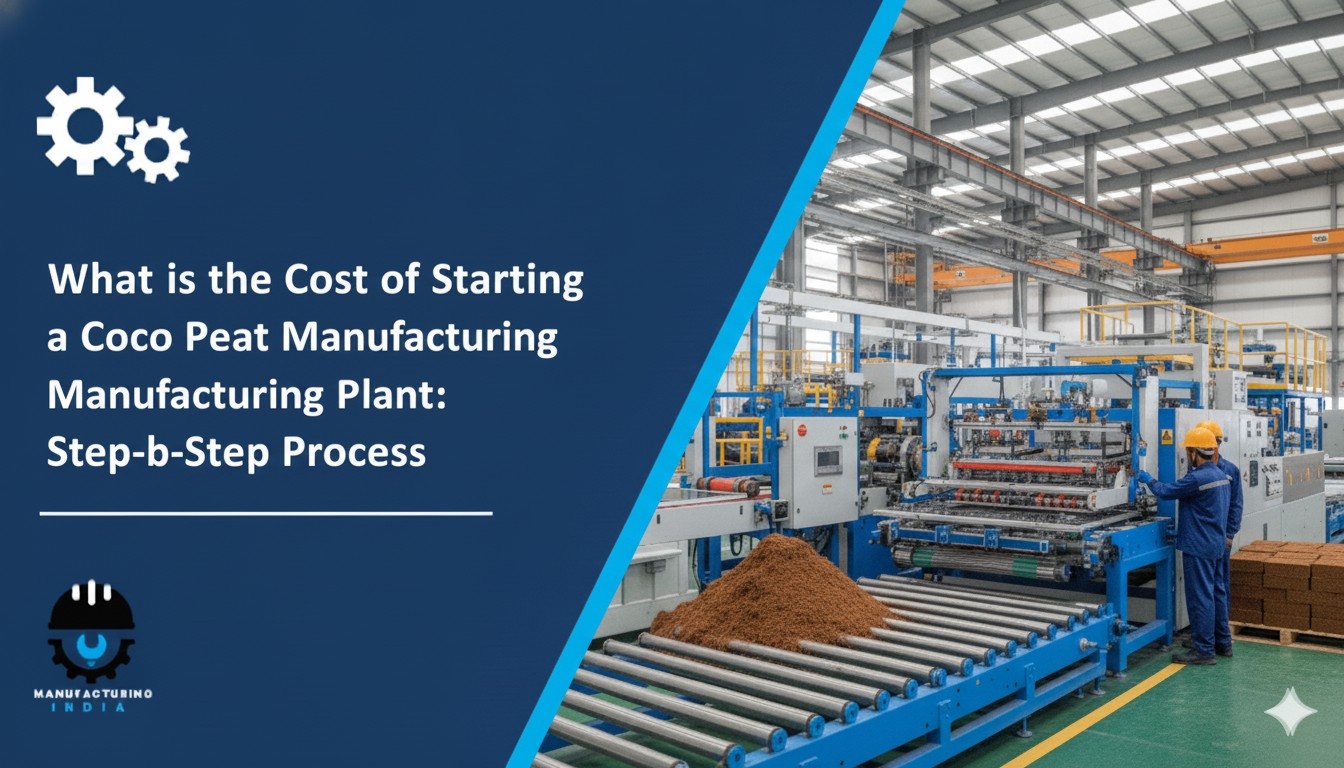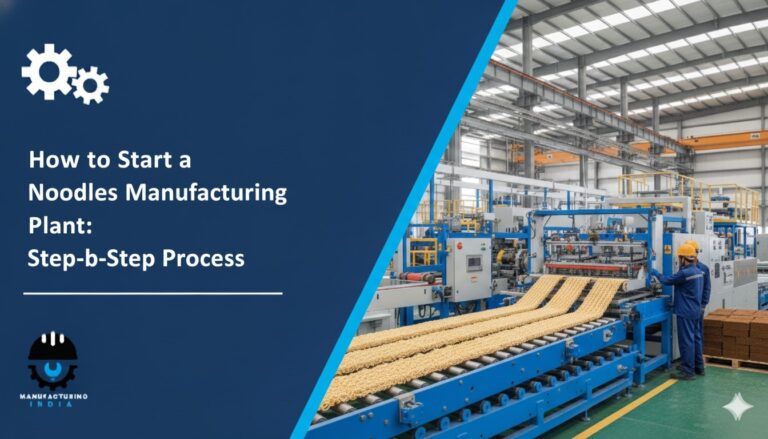
Introduction
Starting a coco peat manufacturing plant is a lucrative business opportunity in the growing organic farming and horticulture sector. Coco peat, also known as coir pith or coir dust, is a natural fiber extracted from coconut husks and serves as an excellent growing medium for plants. With increasing demand for sustainable and eco-friendly alternatives to traditional soil, the coco peat industry offers substantial potential for entrepreneurs.
Market Overview
The global coco peat market is experiencing robust growth driven by organic farming trends, hydroponic cultivation practices, greenhouse operations, and environmental awareness. Major consumers include commercial nurseries, home gardeners, agricultural enterprises, and export markets in Europe, North America, and Asia. Understanding market dynamics, quality standards, and customer requirements is essential for success in this industry.
Step-by-Step Process
Step 1: Conduct Market Research and Feasibility Study
Begin with comprehensive market research to understand demand patterns, potential customers, pricing structures, and competition in your target markets. Analyze coconut husk availability in your region, as proximity to raw material sources significantly impacts profitability. Evaluate domestic and export opportunities, quality specifications required by different customer segments, and seasonal demand variations. A detailed feasibility study should assess technical viability, financial projections, and risk factors.
Step 2: Develop Comprehensive Business Plan
Create a detailed business plan outlining production capacity, product specifications, target markets, marketing strategies, operational plans, and financial projections. The plan should include investment requirements, revenue forecasts, break-even analysis, profit margins, and growth strategies. This document serves as your roadmap and is crucial for securing financing from banks or investors.
Step 3: Secure Financing and Capital Arrangement
Determine total capital requirements covering land acquisition or lease, building construction or modification, machinery and equipment purchase, working capital for operations, and contingency reserves. Explore financing options including bank loans, government subsidies for agricultural projects, private equity, partnership arrangements, or self-funding. Prepare necessary documentation including project reports, collateral papers, and business credentials for loan applications.
Step 4: Select Strategic Location
Choose a location based on proximity to coconut-growing regions for raw material accessibility, availability of adequate land area for processing and storage, access to water and electricity supply, transportation connectivity for distribution, compliance with industrial zoning regulations, and potential for effluent treatment. Coastal regions and coconut-producing states typically offer advantages. Consider whether purchasing or leasing property aligns better with your financial strategy.
Step 5: Obtain Necessary Licenses and Approvals
Secure all required licenses and registrations including business registration and GST registration, trade license from local authorities, factory license under Factories Act, pollution control board clearance, environmental clearances if applicable, export licenses for international trade, agricultural department approvals, and labor law registrations. Engage professionals to navigate regulatory requirements efficiently and ensure complete compliance.
Step 6: Design Plant Layout and Infrastructure
Plan an efficient facility layout incorporating raw material storage area for coconut husks, processing section with machinery, washing and cleaning zones, drying yards or chambers, screening and grading area, compression and packaging section, finished goods warehouse, quality testing laboratory, administrative offices, and employee facilities. Design should ensure smooth material flow, adequate drainage systems, and compliance with safety and environmental standards.
Step 7: Procure Processing Machinery and Equipment
Invest in appropriate machinery based on planned production capacity and automation level. Essential equipment includes coconut husk shredding machine, sieving and screening equipment, washing system with water recycling, drying equipment or open drying yards, buffering and aging facility, compression and baling machine, block making equipment, packaging machines, conveyor systems, and quality testing instruments. Consider machinery suppliers offering installation support, operator training, spare parts availability, and after-sales service.
Step 8: Install Utilities and Support Systems
Set up necessary infrastructure including adequate electrical supply with backup generators, abundant water supply with storage tanks, water recycling and treatment systems, drainage systems for effluent management, material handling equipment like forklifts, weighing scales and measuring devices, storage racks and pallets, adequate lighting and ventilation, and fire safety equipment. Ensure compliance with environmental norms for water discharge and waste management.
Step 9: Establish Raw Material Supply Chain
Develop reliable sourcing arrangements for coconut husks from coconut processing mills, copra manufacturers, coconut oil producers, fiber extraction units, and coconut farmers. Negotiate favorable terms considering quality, quantity, pricing, and delivery schedules. Maintain relationships with multiple suppliers to ensure continuous raw material availability. Establish quality inspection protocols for incoming raw materials to maintain finished product standards.
Step 10: Recruit and Train Workforce
Hire personnel including production manager with technical knowledge, machine operators and technicians, quality control staff, processing workers for manual operations, maintenance personnel, warehouse and logistics staff, administrative employees, and sales and marketing team. Provide comprehensive training on equipment operation, safety procedures, quality standards, handling protocols, and production processes. Ensure compliance with labor laws regarding wages, working conditions, and employee welfare.
Step 11: Implement Quality Control Systems
Establish quality assurance protocols to ensure product meets industry standards and customer specifications. Set up testing procedures for moisture content, electrical conductivity, pH levels, fiber length, compression ratio, and contamination levels. Implement standard operating procedures for processing, cleaning, drying, and packaging. Maintain detailed quality records for traceability and continuous improvement. Regular calibration of testing equipment ensures accuracy.
Step 12: Develop Production Processes
Implement systematic production workflow starting with husk collection and storage, followed by mechanical shredding and crushing, thorough washing to remove salts and impurities, natural or mechanical drying to optimal moisture levels, screening and grading by particle size, aging or buffering for stabilization, compression into blocks or bales, and final packaging with labeling. Optimize each stage for efficiency, quality, and resource utilization.
Step 13: Set Up Water Management Systems
Since coco peat processing requires substantial water for washing and salt removal, establish efficient water management including adequate water storage capacity, recycling systems to minimize freshwater consumption, settling tanks for suspended particles, filtration systems, effluent treatment before discharge, and rainwater harvesting where feasible. Proper water management reduces operational costs and ensures environmental compliance.
Step 14: Create Product Variants and Packaging
Develop different product formats to cater to diverse customer needs including compressed blocks in various sizes, loose coco peat bags, grow bags for specific crops, coco peat discs and pellets, mixed substrates with perlite or vermiculite, and customized blends as per customer requirements. Design appropriate packaging ensuring product protection, moisture retention, easy handling, and clear product information including specifications, usage instructions, and brand identity.
Step 15: Build Brand Identity and Marketing Materials
Develop strong brand presence through distinctive brand name and logo, professional packaging design, informative product literature, quality certifications display, website and digital presence, and customer education materials about benefits and usage. Quality certifications and organic approvals enhance market acceptance, particularly for export markets where standards are stringent.
Step 16: Establish Sales and Distribution Network
Create effective distribution channels through appointing distributors in different regions, establishing relationships with nurseries and garden centers, connecting with agricultural cooperatives, targeting commercial greenhouse operators, developing online sales platforms, and building direct relationships with large buyers. For export markets, partner with export houses or establish direct export channels. Provide adequate support to distributors through product training and promotional assistance.
Step 17: Implement Marketing and Promotion Strategies
Execute marketing initiatives including participation in agricultural and horticultural exhibitions, demonstrations at nurseries and farms, digital marketing through social media and websites, technical workshops for commercial users, product sampling programs, agricultural magazine advertising, and building testimonials from satisfied customers. Emphasize environmental benefits, superior water retention, and effectiveness as growing medium in all communications.
Step 18: Monitor Production and Financial Performance
Establish systems for tracking production efficiency, raw material utilization, quality metrics, inventory levels, sales volumes, customer feedback, and financial indicators. Regular performance reviews help identify operational bottlenecks, cost optimization opportunities, quality improvement areas, and market trends. Implement corrective actions promptly to maintain competitiveness and profitability.
Step 19: Ensure Compliance and Pursue Certifications
Maintain ongoing compliance with environmental regulations, quality standards, labor laws, and safety norms. Pursue relevant certifications such as organic certifications for organic farming markets, quality management certifications, export quality standards compliance, and environmental certifications. These enhance credibility, facilitate export opportunities, and justify premium pricing.
Step 20: Plan Growth and Diversification
Once operations stabilize, plan for expansion through capacity enhancement, product diversification into coir fiber and other coconut-based products, geographic market expansion, value addition through customized blends, technology upgrades for automation, and exploring international markets. Continuous innovation in processing techniques, product development, and sustainability practices ensures long-term business viability.
Key Success Factors
Success in coco peat manufacturing depends on consistent raw material supply, efficient processing to maintain quality, effective water management, strong distribution networks, market education about product benefits, competitive pricing, environmental compliance, and customer satisfaction. Building reputation for quality and reliability is crucial in this industry.



